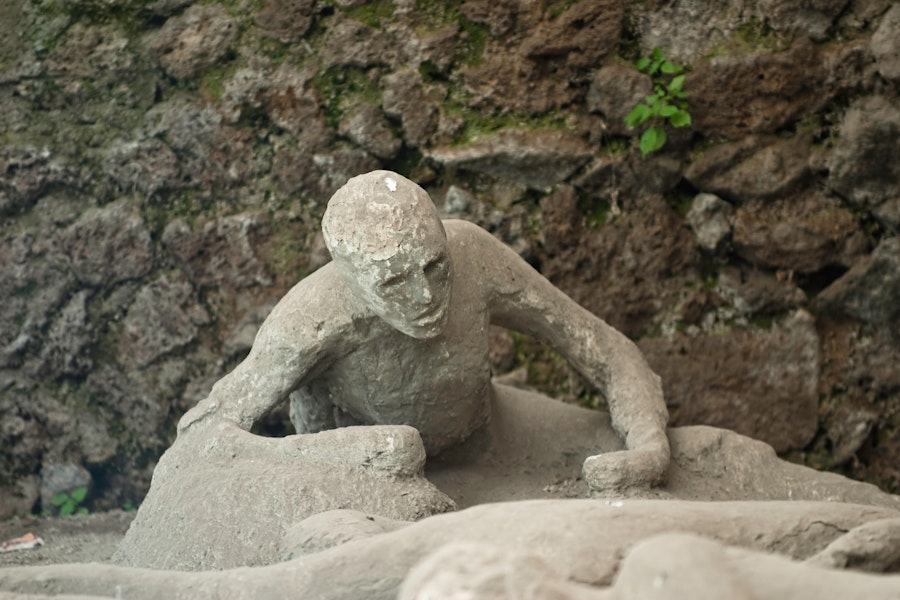Tour to Pompeii and Naples from Rome
About this activity
- Your booking is confirmed immediately
- This activity is available in your language
- This option includes FREE cancellation—book now, risk-free!
Experience Highlights
Get to know Naples and Pompeii starting in the morning and take advantage of the full day to visit these places. Travel by air-conditioned bus to the most important monuments of Naples and visit Pompeii, where you will see the ruins left by the eruption of Vesuvius.
- Tour the ruins of Pompeii and Naples in one day
- Travel by private bus in comfort and safety.
- Visit Castel dell'Ovo, Piazza del Plebiscito and the ruins of Pompeii, the most important tourist sites of these cities.
- Choose from three options: tickets only, tickets with audio guide or tickets and guided tour
What’s included
- Entrance to the Archaeological Park of Pompeii
- Air-conditioned bus transport
- Expert guide (if option is chosen)
- Audioguide (if option is chosen)
Select language and date
Plan to arrive at least 20 minutes before your start time to ensure everything runs smoothly
Step by Step
You can't leave Italy without visiting Pompeii, the mythical city that was ravaged by the eruption of Mount Vesuvius centuries ago. On this day tour you will have the opportunity to visit Naples and Pompeii from Rome.
An air-conditioned bus will pick you up and take you to Naples. There you can admire the monuments of the city and then continue to Pompeii.
Choose between several options when booking: tickets only, tickets with audio guide or tickets and guided tour.
During the tour you will be able to admire sights such as the Castel dell'Ovo, one of the oldest castles of Naples. You will also pass through the Piazza del Plebiscito, a square in the heart of the city surrounded by the most important historical buildings.
In Pompeii you will see the ruins, houses and theatres of the time, considered a UNESCO World Heritage Site.
Finish your tour with a visit to the Archaeological Park of Pompeii, where you will see the architecture of the period, as well as objects used and representations of the victims of the eruption.




























